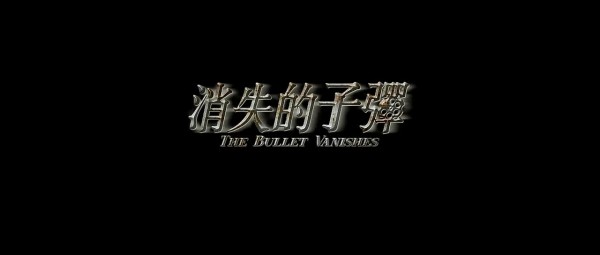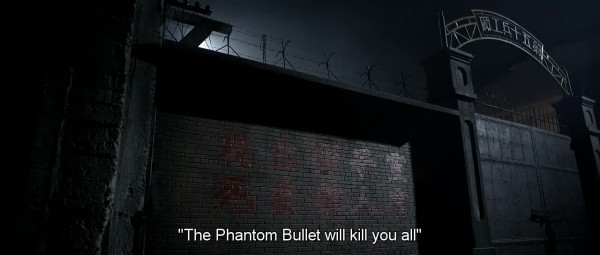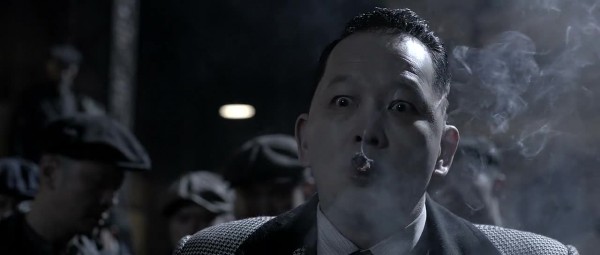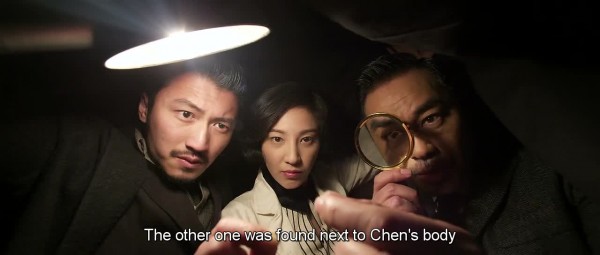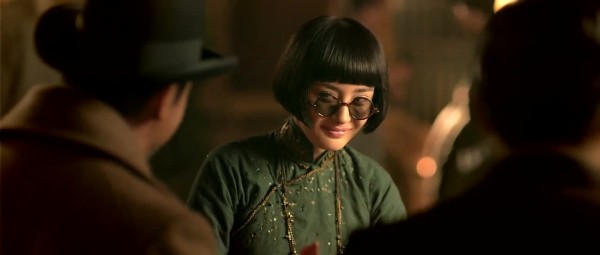The Bride with White Hair
aka 白髮魔女傳 aka Bai fa mo nu zhuan

1993![]()
Written by Elsa Tang Bik-Yin, Lam Kee-To, David Wu Dai-Wai, and Ronny Yu Yan-Tai
Directed by Ronny Yu Yan-Tai

The Bride With White Hair films are classic wuxia tales from an era when Hong Kong cinema was undergoing its latest periodic resurgence. They’re one of a pack of films that helped hook people like me into becoming Hong Kong cinema fans for life, and Part 1 is one of the best films from 90s Hong Kong period. The frenetic pace, heartfelt romance, and sorrowful endings propel it to the top. The sequel picks up a lot of the story threads but goes in its own direction (and will be discussed in its own review), but is necessary to see the conclusion of the tale begun in The Bride With White Hair.
Lien Ni Chang and the rest of the characters originated in the serialized wuxia novel 白髮魔女傳 (Baifa Monü Zhuan) by Liang Yusheng (published between 1957-58). Each filmed version of the tale borrows different elements from the source, using it to tell their own tale. While Pearl Cheung Ling’s Wolf Devil Woman goes in the direction of energetic insanity to create a tale of revenge, The Bride With White Hair films go with a love story with an ultimately tragic ending (though still romantic.) I have not seen the 1950s Cantonese version (the three parts of which may or may not still even exist!) The character surfaced again in The Forbidden Kingdom, has been the subject of several television serials, and will be getting a new big budget film version in 2014 (which will hopefully break the trend of big budget Chinese cinema being boring and empty despite the effects!)

The story of the Bride with White Hair is famous enough that images of a man-hating white haired woman, with her prehensile hair used as a weapon, has become an iconic imagery in wuxia. The original stories contain all sorts of clan intrigue, palace conspiracies, regicides, and bandits with a mix of historical and jianghu characters. The simplification of the tale to turn it into a passable movie is understandable, though I’m sure there are purists upset that yet another adaptation isn’t true enough to the original tale. Every version of the tale I have seen has strayed drastically from the source, using it as a springboard to tell their own interpretation based on what elements stood out to them. Ronny Yu Yan-Tai saw is as a tragic romance, and the two films are united by their shared love dynamic.
The Bride With White Hair is packed with great action sequences, with plenty of wirework and sword battles. The set design in particular is well done, the madness of the Supreme Cult displayed by the decoration of the headquarters and the writhing and dancing pandemonium that mirrors the extremeness of the twin Chi Wu Shuang. Chi Wu Shuang are presented at times in extreme angles and odd closeups, while their makeup and costumes enhance their feeling of wrongness. It is no mistake the villains are so beyond evil, without their influence, Lien Ni Chang would lose sympathy upon her transformation and eventual turn as villain in the sequel.

The love tale begins after it ends (or at least as it ends at the end of this film), with Cho Yi Hang guarding the magic flower as he waits a decade for it to bloom, in the midst of a never-ending blizzard atop a mountain. A group of soldiers working for the Emperor arrive, demanding the flower to save the Emperor himself. Cho kills them all, and the leader’s dying breath asks who could be more important than the emperor.
Cho narrates that he has a woman in his heart, and the film drifts into a the flashback…

|













